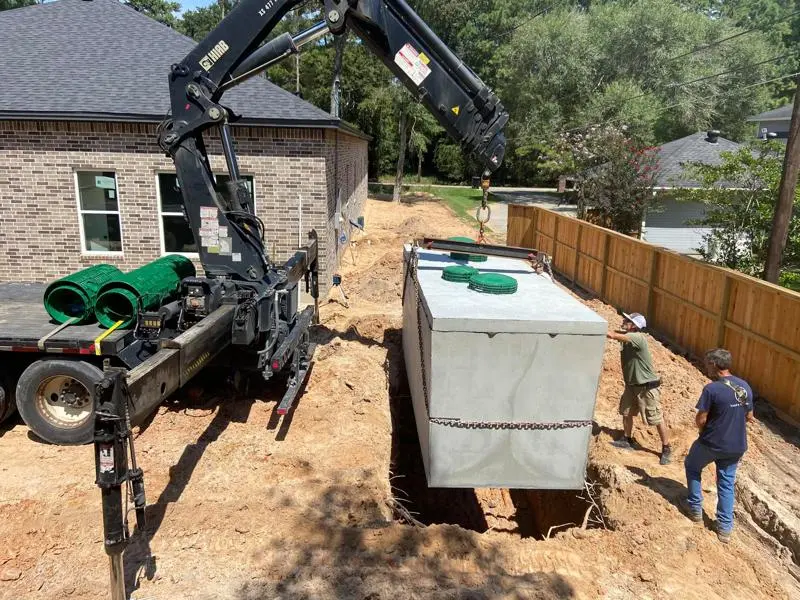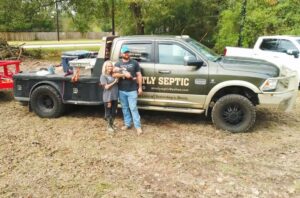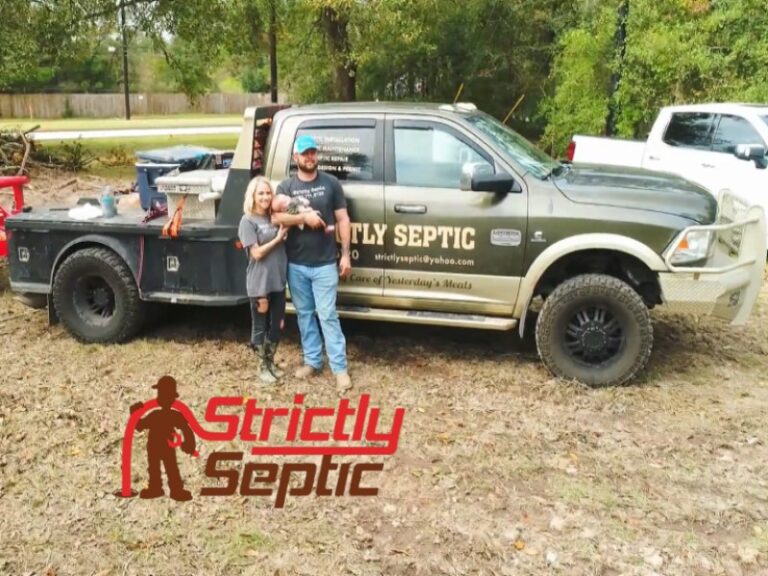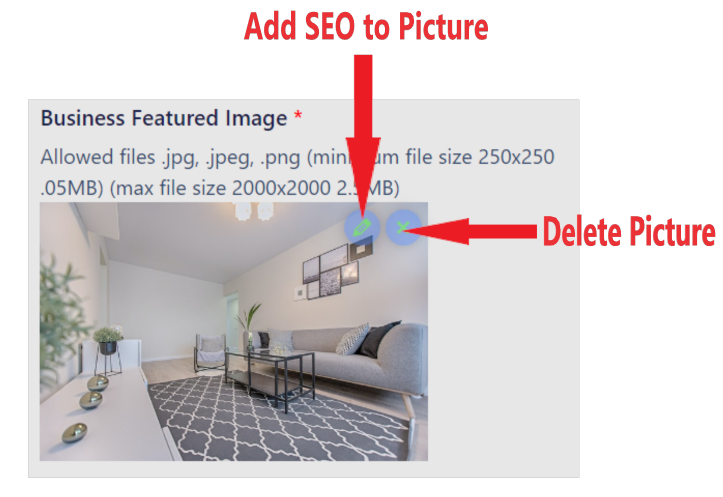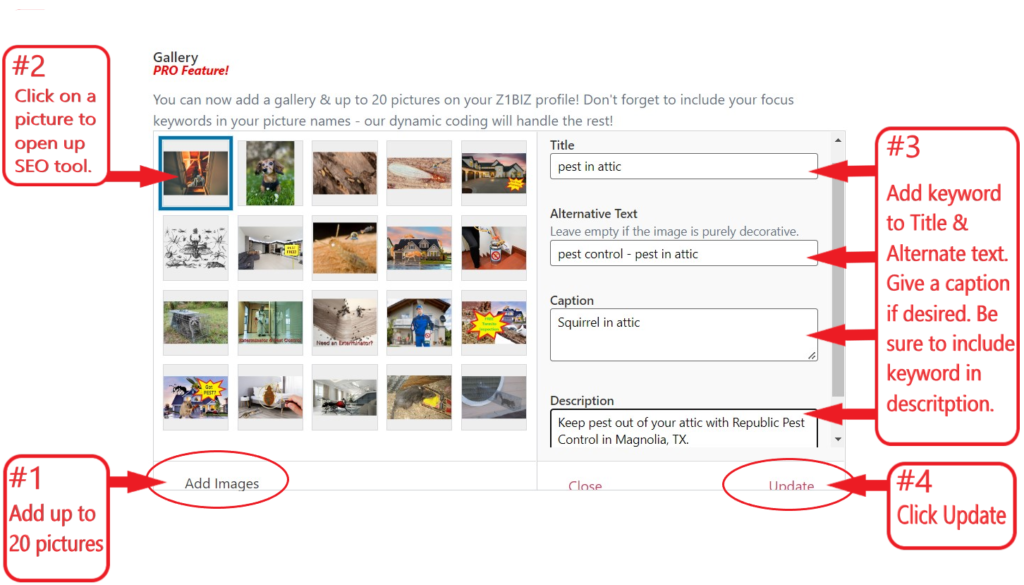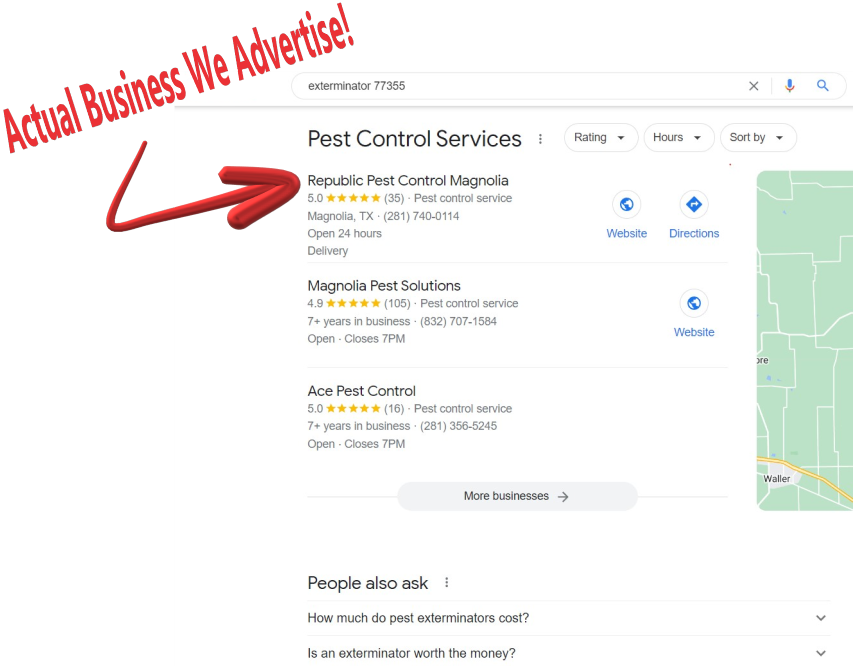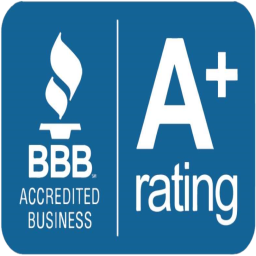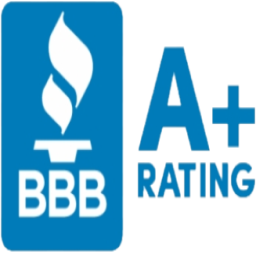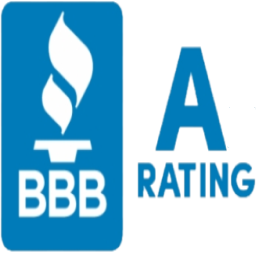At Strictly Septic Service, we specialize in providing reliable solutions for homeowners and businesses in need of new septic systems. Whether you’re installing a system for the first time or upgrading an outdated setup, our team ensures the process is seamless and meets all local regulations. Below, we’ll walk you through everything you need to know about new septic systems, from selecting the right type to installation and maintenance.
Understanding Your Septic System Options
When planning a new septic system, it’s crucial to understand the available options. The type of system you choose depends on factors like soil conditions, property size, water table levels, and budget.
Types of Septic Systems We Install
- Conventional Septic Systems
This traditional system includes a septic tank and a drain field (or leach field). It’s ideal for properties with suitable soil for natural filtration. Learn more about conventional septic systems on our site. - Aerobic Septic Systems
Aerobic systems use oxygen to break down waste more efficiently than conventional setups. These are suitable for areas with high water tables or limited space. Read about aerobic septic systems to explore their benefits. - Alternative Septic Systems
If your property has challenging soil conditions, alternative systems like sand filters or recirculating media filters can be effective. Check out the alternative septic systems we install. - Mound Septic Systems
For areas with shallow soil or a high water table, mound systems are an excellent choice. They use a raised bed of sand or gravel for filtration. Learn about mound septic systems on our site. - Holding Tank Systems
In locations where traditional septic systems aren’t feasible, holding tanks offer a temporary solution for wastewater storage. Read more about holding tank systems we provide.
The Septic System Installation Process
Installing a new septic system involves several steps to ensure efficiency and compliance with regulations. Here’s what to expect when working with Strictly Septic Service:
Step 1: Site Evaluation
Our team starts by assessing your property to determine the most suitable septic system. We evaluate factors like soil type, drainage capacity, and the size of your household.
Step 2: System Design
Once we understand your property’s needs, we design a septic system tailored to your location and usage. This includes selecting the type of system and configuring the tank and drain field layout.
Step 3: Permit Application
Septic systems must meet local health and environmental standards. We handle the permit process, ensuring your installation complies with all regulations.
Step 4: Excavation and Installation
We excavate the site to install the septic tank and components. Our experienced technicians ensure every part is properly fitted to prevent future issues.
Step 5: Final Inspection and Testing
Before completing the project, we conduct a thorough inspection to verify the system functions as intended.
Cost Factors for a New Septic System
The cost of installing a septic system varies depending on several factors:
- Type of System: Conventional systems tend to be more affordable than aerobic or alternative options.
- Size of the Tank: Larger households require bigger tanks, which can increase costs.
- Soil Conditions: Poor soil may require additional preparation or alternative systems.
- Permitting Fees: Local regulations may add costs for permits and inspections.
Estimated Costs by System Type
| System Type | Average Cost Range | Best For |
|---|---|---|
| Conventional System | $3,000 – $8,000 | Standard properties with good soil. |
| Aerobic System | $10,000 – $20,000 | Small lots or areas with high water tables. |
| Alternative System | $12,000 – $25,000 | Challenging soil conditions. |
| Mound System | $15,000 – $30,000 | Properties with shallow soil. |
| Holding Tank System | $2,000 – $5,000 | Temporary wastewater storage. |
Benefits of Installing a New Septic System
- Improved Efficiency: New systems process wastewater more effectively, reducing the risk of backups.
- Environmental Protection: Properly installed systems prevent contamination of groundwater and nearby water sources.
- Compliance with Regulations: Modern systems meet stricter environmental and health standards.
Maintenance Tips for Longevity
A well-maintained septic system can last for decades. Follow these tips to ensure your system remains in good condition:
- Regular Inspections: Schedule professional inspections every 1-3 years.
- Pump the Tank: Tanks should be pumped every 3-5 years, depending on usage.
- Conserve Water: Reduce the strain on your system by using water efficiently.
- Avoid Chemicals: Do not flush harsh chemicals or non-biodegradable items.
- Protect the Drain Field: Keep heavy vehicles and structures off the drain field area.
Why Choose Strictly Septic Service?
At Strictly Septic Service, we bring years of expertise and a commitment to quality. Our team provides personalized guidance, from selecting the right system to completing the installation with precision. We’re proud to serve homeowners and businesses across Texas with reliable, long-lasting septic solutions.
Additional Resources
- Learn about aerobic septic systems.
- Explore alternative septic systems.
- Discover the benefits of conventional septic systems.
If you’re ready to install a new septic system or have questions about your options, contact Strictly Septic Service today. We’re here to help!

